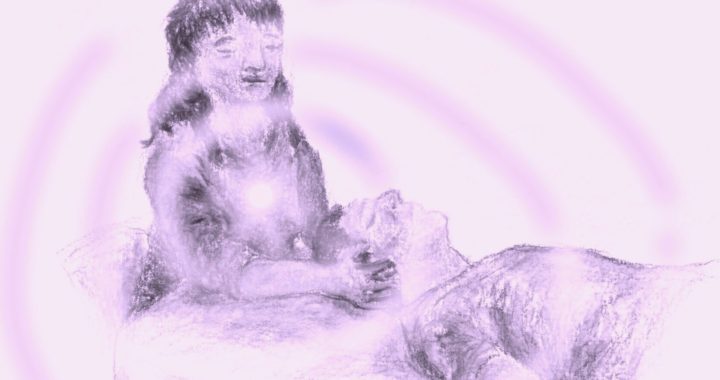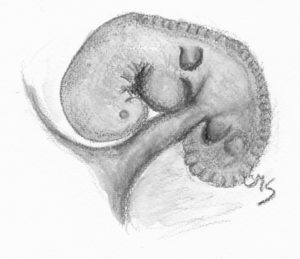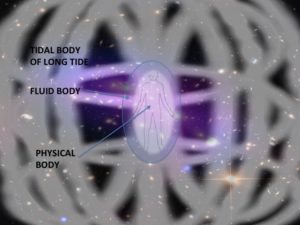2 Comments
Leave a Reply
You must be logged in to post a comment.

 From the moment of conception on, we form in relation to these universal biodynamic forces. They guide our cells in coalescing into form, aligning to an energetic midline as a first embryonic step. We begin our embryological development in relation to an original matrix, and energetic blueprint, which is the same for all of us.
From the moment of conception on, we form in relation to these universal biodynamic forces. They guide our cells in coalescing into form, aligning to an energetic midline as a first embryonic step. We begin our embryological development in relation to an original matrix, and energetic blueprint, which is the same for all of us.


You must be logged in to post a comment.
Health is always there. Thank you Cherionna for your ability to write such supportive words. It is always beautiful to remind it and with this article, it helps a lot!
Thank you, Laurent, for your comment and for joining in orienting to the health in your work as an osteopath! Glad this can be supportive.